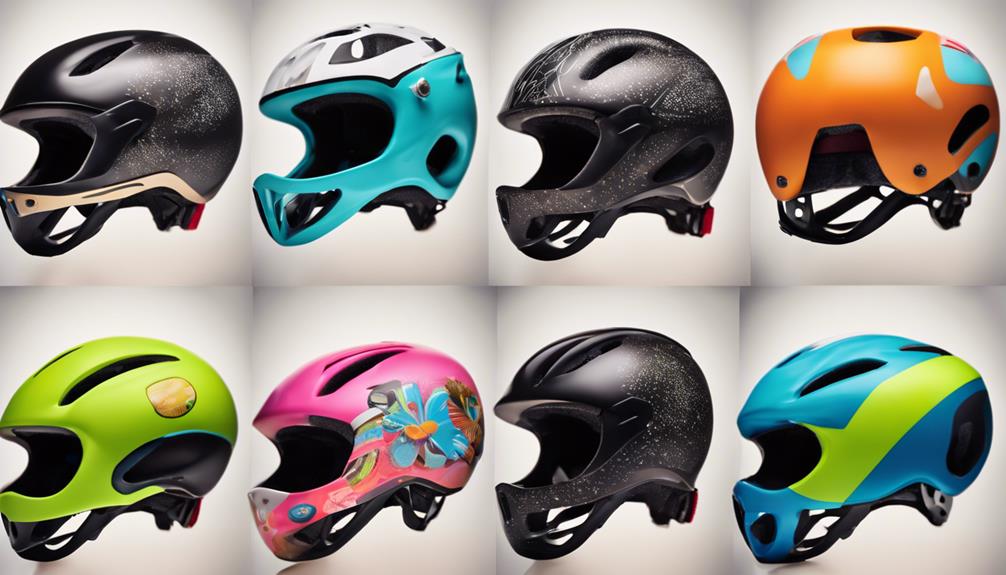When it comes to cycling, every component of your bike plays a significant role in optimizing your performance and comfort. One such essential component is the bike stem. In this comprehensive guide, we will explore the intricacies of bike stems, helping you understand what they are, how to choose the right one, and why they matter for your cycling experience. Whether you’re a seasoned cyclist or a beginner, this guide will provide valuable insights to enhance your ride.
What is a Bike Stem?
A bike stem is a critical component that connects the handlebars to the bike’s fork. It serves as the bridge between your steering and the front wheel, allowing for control and stability while cycling. Bike stems come in various lengths, angles, and materials, each influencing your bike’s handling and your riding position. Understanding the function and specifications of bike stems is essential for any cyclist looking to optimize their setup.
Types of Bike Stems: An Overview
Bike stems can be categorized into several types based on their design and intended use. Common types include:
- Threadless Stems: These are the most prevalent in modern bikes. They provide a clean look and easy adjustability.
- Threaded Stems: Mostly found on older bikes, these stems are simpler in design but offer limited adjustability.
- Adjustable Stems: Perfect for those who frequently change their riding position, adjustable stems allow for various angles and lengths.
- Fixed Stems: These offer a stable connection and are common in performance and racing bikes.
Choosing the right type of bike stem is crucial based on your cycling style and preferences. Each type has distinct advantages and disadvantages that can significantly impact your riding experience.
How to Choose the Right Bike Stem Length
The length of your bike stem can greatly influence your comfort and control while riding. A shorter stem can provide a more upright position, which is beneficial for comfort over long distances. Conversely, a longer stem can stretch your body forward, enhancing aerodynamics and performance. To determine the ideal stem length for your bike, consider your riding style:
- Comfort Riders: Opt for a shorter stem (70-90 mm) to maintain a relaxed posture.
- Performance Cyclists: Choose longer stems (100-130 mm) for improved aerodynamics.
- Mountain Bikers: A stem length between 50-80 mm can enhance maneuverability on technical trails.
Remember, the right stem length can help prevent discomfort and injuries, ensuring you enjoy every ride.
Understanding Stem Angle and Its Impact
The angle of a bike stem can alter your riding posture and affect your overall comfort. Bike stems typically have a rise or drop angle, measured in degrees. A positive angle raises the handlebars, promoting a more upright position, which is comfortable for casual rides. A negative angle lowers the handlebars, allowing for a more aggressive and aerodynamic stance, ideal for racing or speed-focused cycling.
When selecting a stem angle, consider your flexibility and riding goals. If you’re looking for comfort, a stem with a higher positive angle may be best. For performance-oriented cyclists, a negative angle can provide the necessary aggression for competitive riding.
Materials Matter: Choosing the Right Stem Material
Bike stems are made from several materials, each offering unique benefits and drawbacks. The most common materials include:
- Aluminum: Lightweight and affordable, aluminum stems are a popular choice for both beginners and seasoned cyclists.
- Carbon Fiber: Known for its superior strength-to-weight ratio, carbon fiber stems are lightweight and provide great vibration damping but come at a higher price.
- Steel: While heavier, steel stems offer durability and reliability, making them suitable for touring bikes.
Choosing the right material for your bike stem depends on your cycling needs, budget, and preferred riding style. Consider factors like weight, strength, and cost to make an informed decision.
Installation and Maintenance Tips for Bike Stems
Installing a bike stem may seem daunting, but with the right tools and guidance, it can be a straightforward process. Here’s a quick guide on how to install your bike stem:
- Loosen the bolts on the current stem using an appropriate hex key.
- Remove the old stem by sliding it off the steerer tube.
- Slide the new stem onto the steerer tube, ensuring the correct orientation.
- Tighten the bolts to secure the stem in place, following the manufacturer’s torque specifications.
Regular maintenance is also essential for ensuring your bike stem remains in good condition. Check for tightness periodically, especially after long rides, and inspect for any signs of wear or damage. A well-maintained stem contributes to a smoother and safer ride.
Why Upgrading Your Bike Stem Can Enhance Performance
If you’re looking to improve your cycling experience, upgrading your bike stem can make a significant difference. A high-quality stem can optimize your riding position, enhance control, and reduce fatigue. By investing in a better stem, you can tailor your bike to your specific needs, whether that’s comfort for long-distance rides or performance for racing.
Additionally, as you progress in your cycling journey, your needs may change. Upgrading your bike stem can help you adapt to new riding styles or goals, ensuring you get the most out of your bike.
Conclusion: Find the Perfect Bike Stem for Your Ride
In conclusion, understanding bike stems is crucial for any cyclist looking to enhance their riding experience. From choosing the right length and angle to selecting the appropriate material, each aspect plays a significant role in your overall comfort and performance. Whether you’re a casual rider or a competitive athlete, investing time in selecting the right bike stem can lead to more enjoyable and efficient rides. Remember to consider your individual needs, riding style, and preferences when making your choice. Happy cycling!
